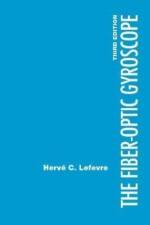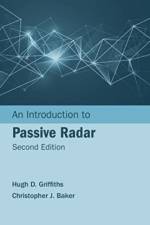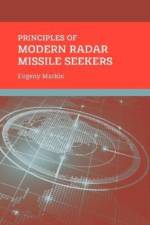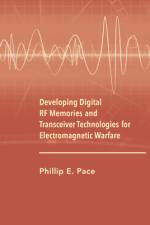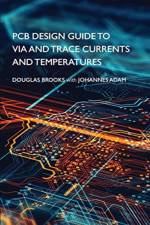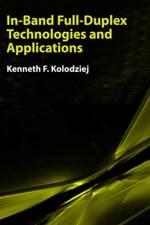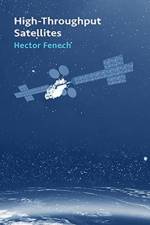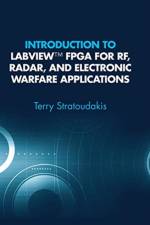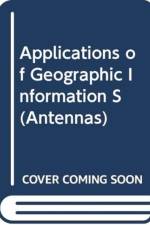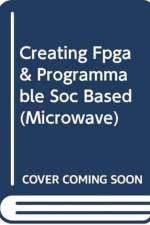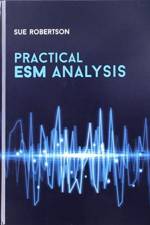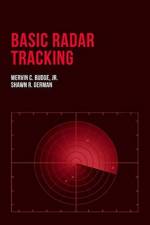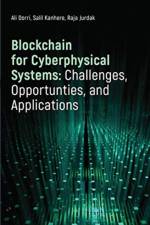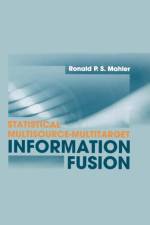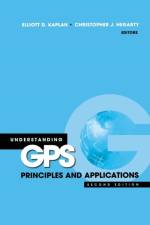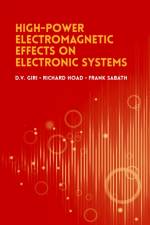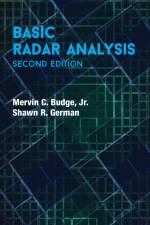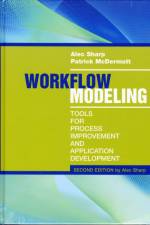av Sundararajan Madihally
1 451
"This updated and expanded second edition of an Artech House classic introduces readers to the importance of engineering in medicine. Transport of molecules, bioelectrical phenomena, principles of mass, momentum, and energy transport to the analysis of fluids and solids, biomechanical analysis, biomaterial selection, and imaging are discussed in detail. Readers learn about using living cells in developing therapies, biosensors, diagnostics, genomics, proteomic strategies, and model development. Key topics covered in this resource include basics of fluid mechanics, strength of materials, statics and dynamics, basic thermodynamics, electrical circuits, and material science. Many numerical problems are provided as examples and exercise problems are included. These problems facilitate in-depth understanding of engineering principles in the development of biomedical applications, cutting-edge technologies, and emerging challenges. Describing the role of engineering in medicine today, this complete volume covers a wide range of the most important topics in this burgeoning field. Moreover, readers will find a thorough treatment of standards and ethical considerations needed for exploring biomedical research and device development. Structured as a complete text for students with some engineering background, the book also serves as a valuable reference for professionals new to the bioengineering field."--taken from back cover.


